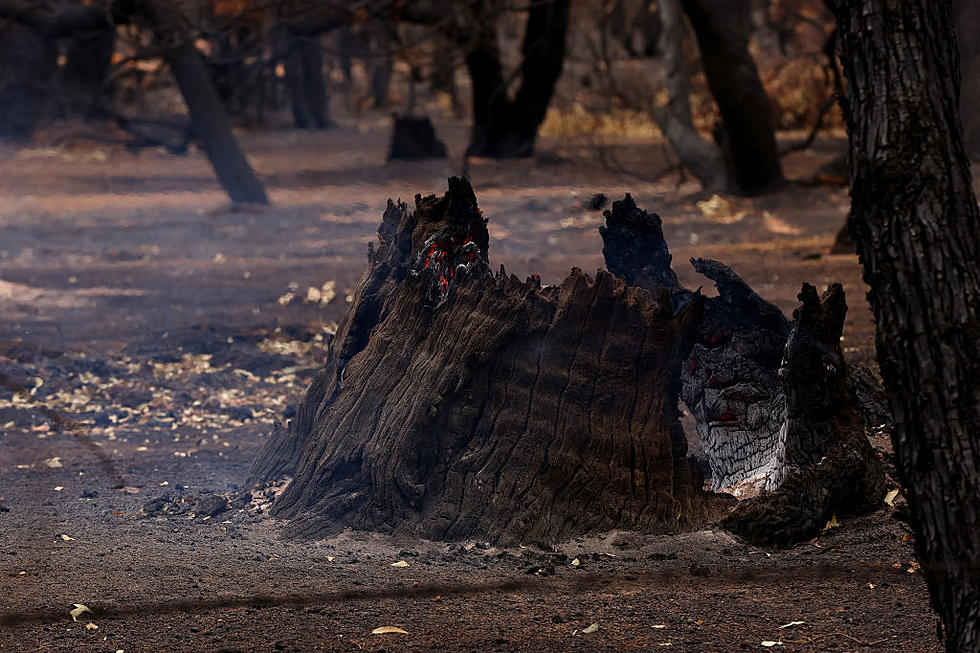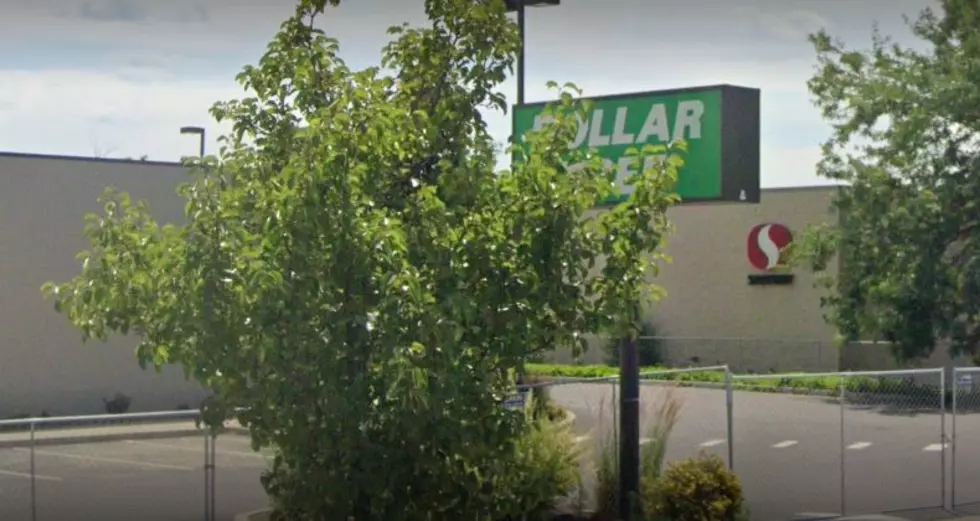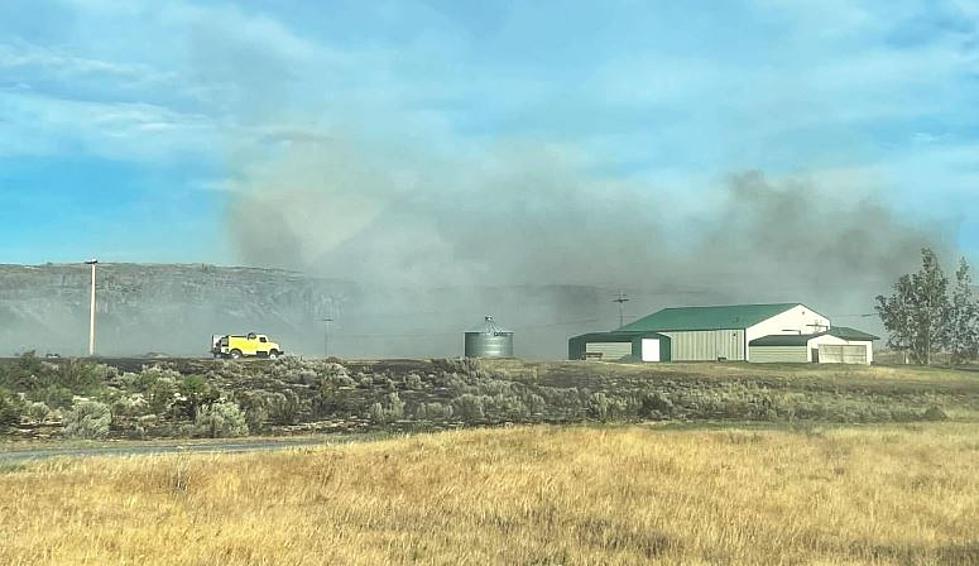
Burn Restrictions Placed on DNR Lands in WA State
Temps creeping into the 80's as we head for May, we turn attention again to wildfires.
Thursday the Department of Natural Resources (DNR) has announced some burn restrictions in three regions of WA state.
They are the Pacific Cascade (southwest WA) and the Northwest and Northeast Regions. Those two basically run across the entire northern half of the state, and include the Spokane area.
According to DNR officials:
"For the next week, DNR is asking the public to avoid conducting outdoor debris burns as much as possible. Fire danger is rising in Washington due to dry and warming weather conditions and gusty winds that can spread a wildfire quickly through dry grasses and forests."
This comes as in the previous week, firefighters responded to about 40 fire related incidents of which a number involved outdoor debris burning.
A specific breakdown of the restrictions are as follows (from DNR):
"Northeast Region
- Small debris burns (“Rule Burns”) are NOT allowed.
- Permit burns are still allowed.
Northwest Region
- Small debris burns (“Rule Burns”) are still allowed.
- Permit burns (larger fires requiring a DNR permit) are NOT allowed.
Pacific Cascade Region
- Neither small debris burns nor permit burns are allowed."
These are expected to lifted after anticipated spring rains and other precipitation occurs.
DNR has the state divided into six regions, the largest being the Southeast Region that includes Benton and Franklin counties.
We have already seen how people have to be careful with outdoor burning, Wednesday a weed-debris burning effort near Finley was hit with some breezes and gusts and got out of control, burning a corral and killing a horse.
LOOK: The most expensive weather and climate disasters in recent decades
More From 870 AM KFLD









